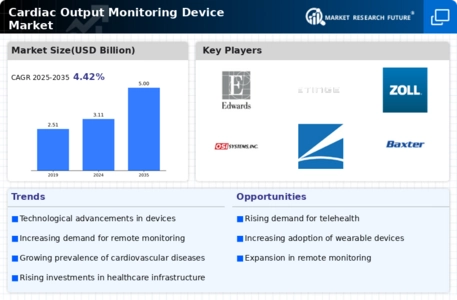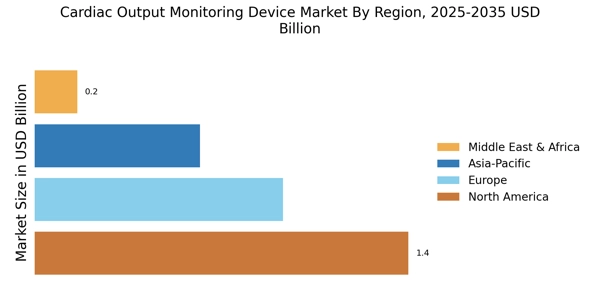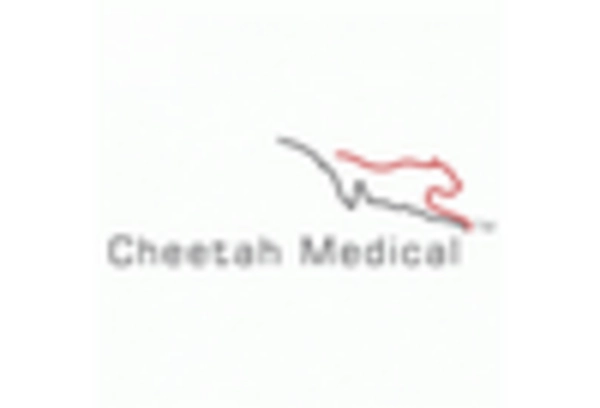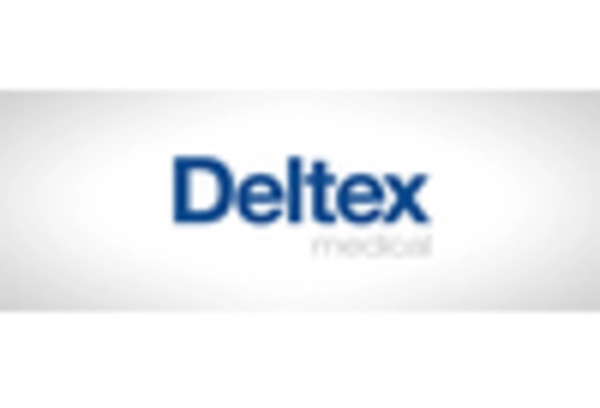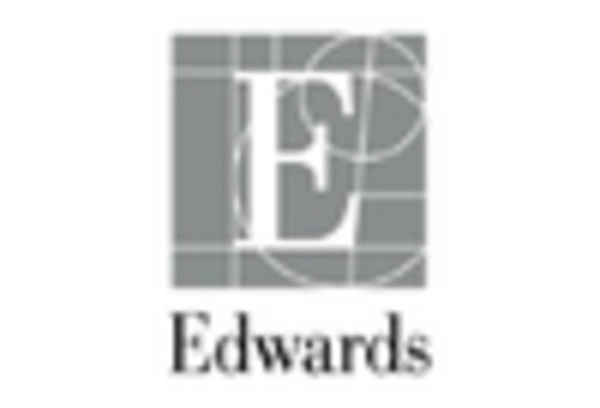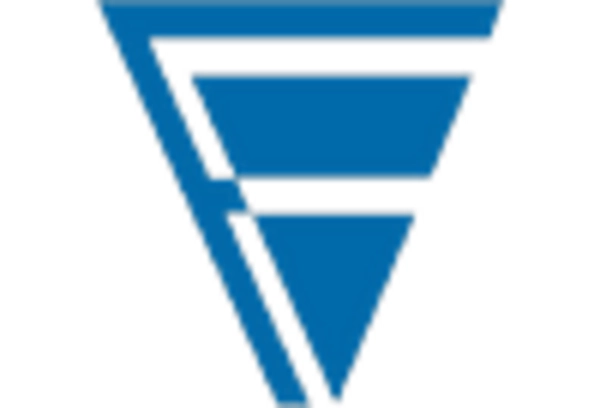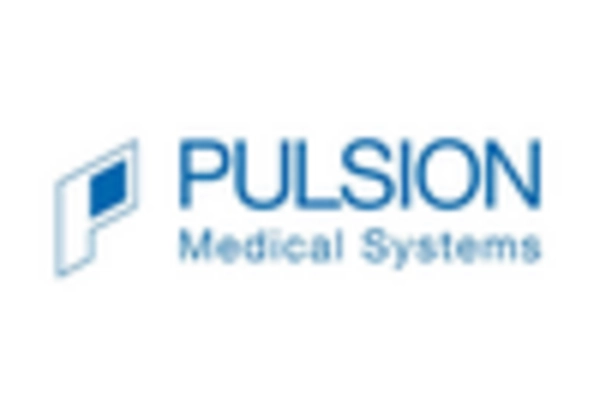Government Initiatives and Funding
Government initiatives aimed at enhancing healthcare infrastructure are significantly influencing the spain cardiac monitoring advance technologies market. The Spanish government has allocated substantial funding towards the development and implementation of advanced healthcare technologies. For instance, the National Health System has introduced programs to promote telehealth and remote patient monitoring, which are crucial for managing chronic conditions. This financial support not only encourages innovation but also facilitates the adoption of cutting-edge cardiac monitoring technologies. As a result, healthcare providers are increasingly integrating these solutions into their practices, thereby expanding the market reach and enhancing patient care within the spain cardiac monitoring advance technologies market.
Rising Awareness of Preventive Healthcare
There is a growing awareness of preventive healthcare among the Spanish population, which is positively impacting the spain cardiac monitoring advance technologies market. As individuals become more health-conscious, there is an increasing demand for tools that facilitate proactive health management. This trend is reflected in the rising sales of wearable devices that monitor heart health, as well as mobile applications that provide users with insights into their cardiovascular status. Healthcare campaigns promoting heart health and regular monitoring are further driving this awareness. Consequently, the spain cardiac monitoring advance technologies market is likely to benefit from this shift towards preventive measures, as more individuals seek to leverage technology for better health outcomes.
Growing Demand for Remote Patient Monitoring
The increasing demand for remote patient monitoring solutions is a significant factor driving the spain cardiac monitoring advance technologies market. With the rise of chronic diseases and an aging population, healthcare providers are seeking efficient ways to monitor patients outside traditional clinical settings. Remote monitoring technologies enable continuous tracking of vital signs, allowing for timely interventions and reducing the need for hospital visits. This shift towards home-based care is supported by both patients and healthcare professionals, as it enhances convenience and accessibility. Consequently, the spain cardiac monitoring advance technologies market is witnessing a surge in the adoption of these innovative solutions.
Increasing Prevalence of Cardiovascular Diseases
The rising incidence of cardiovascular diseases in Spain is a primary driver for the spain cardiac monitoring advance technologies market. According to the Spanish Society of Cardiology, cardiovascular diseases account for approximately 30% of all deaths in the country. This alarming statistic underscores the urgent need for advanced cardiac monitoring technologies to facilitate early detection and management of these conditions. As the population ages, the demand for innovative solutions such as remote monitoring devices and advanced diagnostic tools is likely to escalate. This trend is further supported by healthcare policies aimed at improving patient outcomes and reducing hospital readmissions, thereby propelling the growth of the spain cardiac monitoring advance technologies market.
Technological Advancements in Cardiac Monitoring
Rapid technological advancements are reshaping the landscape of the spain cardiac monitoring advance technologies market. Innovations such as artificial intelligence, machine learning, and advanced data analytics are being integrated into cardiac monitoring devices, enhancing their accuracy and efficiency. For example, AI-driven algorithms can analyze patient data in real-time, providing healthcare professionals with actionable insights for timely interventions. The market for wearable cardiac devices is also expanding, with a projected growth rate of over 15% annually. These advancements not only improve patient outcomes but also streamline healthcare processes, making them a crucial driver for the spain cardiac monitoring advance technologies market.


